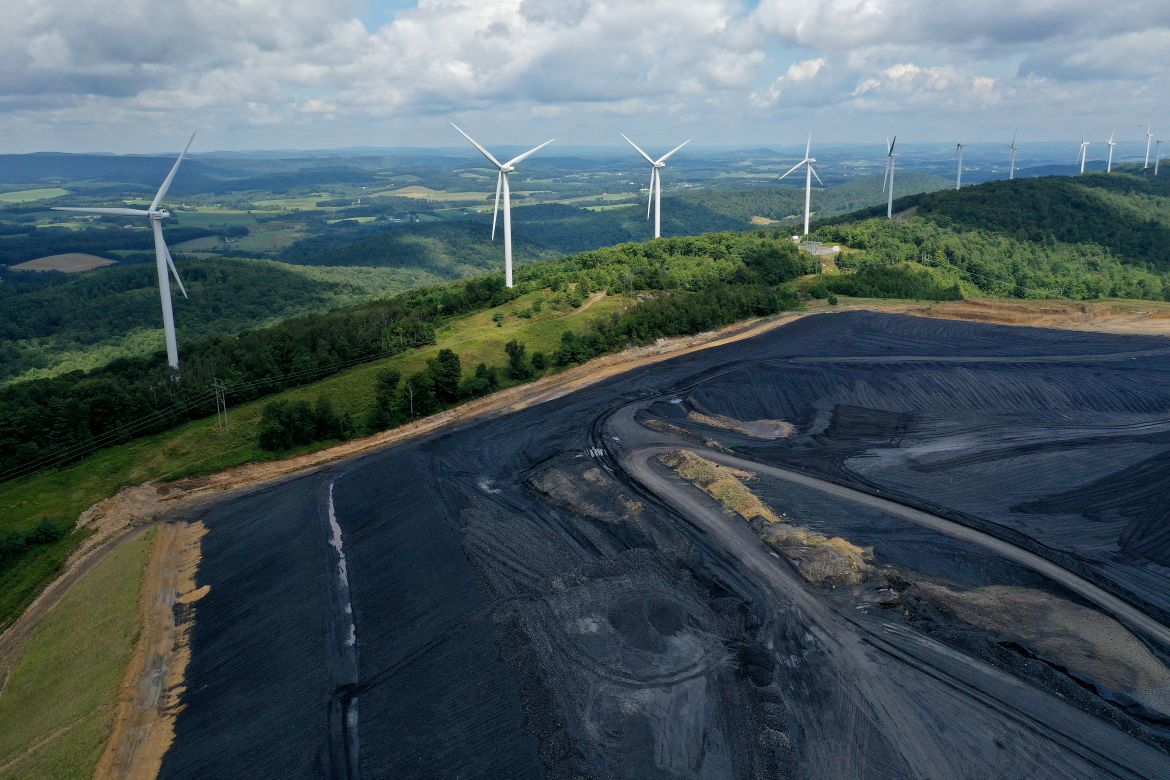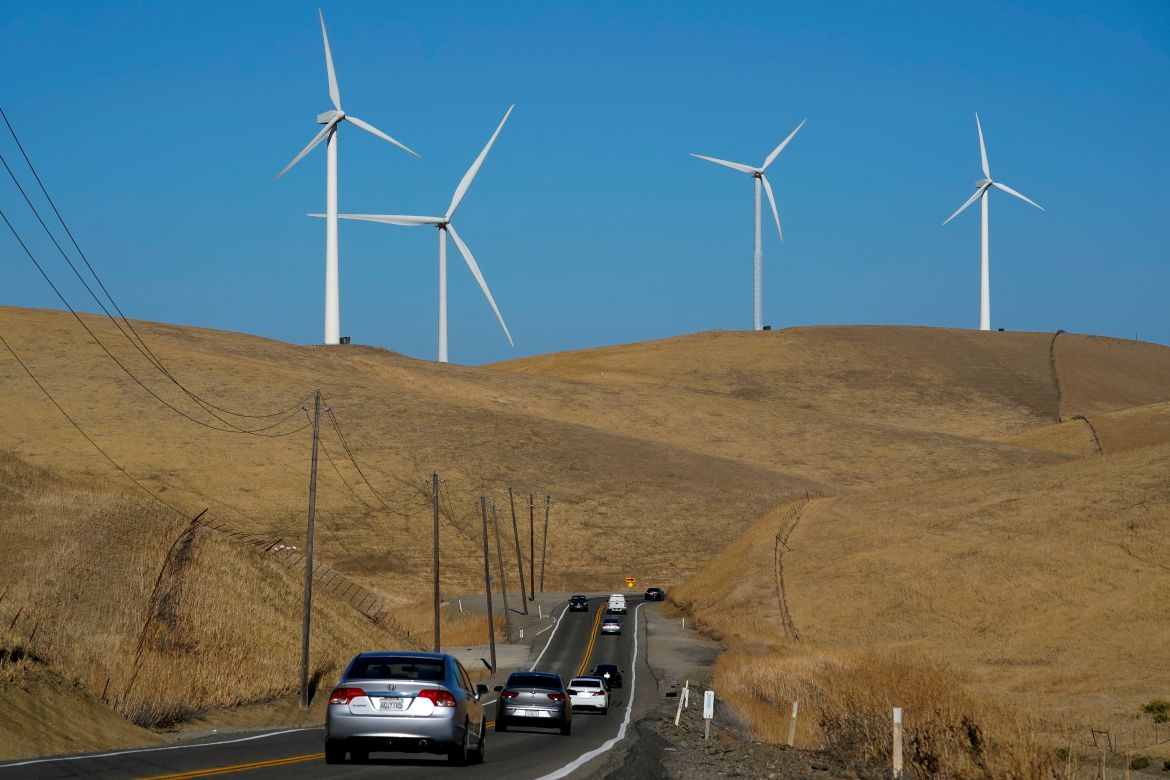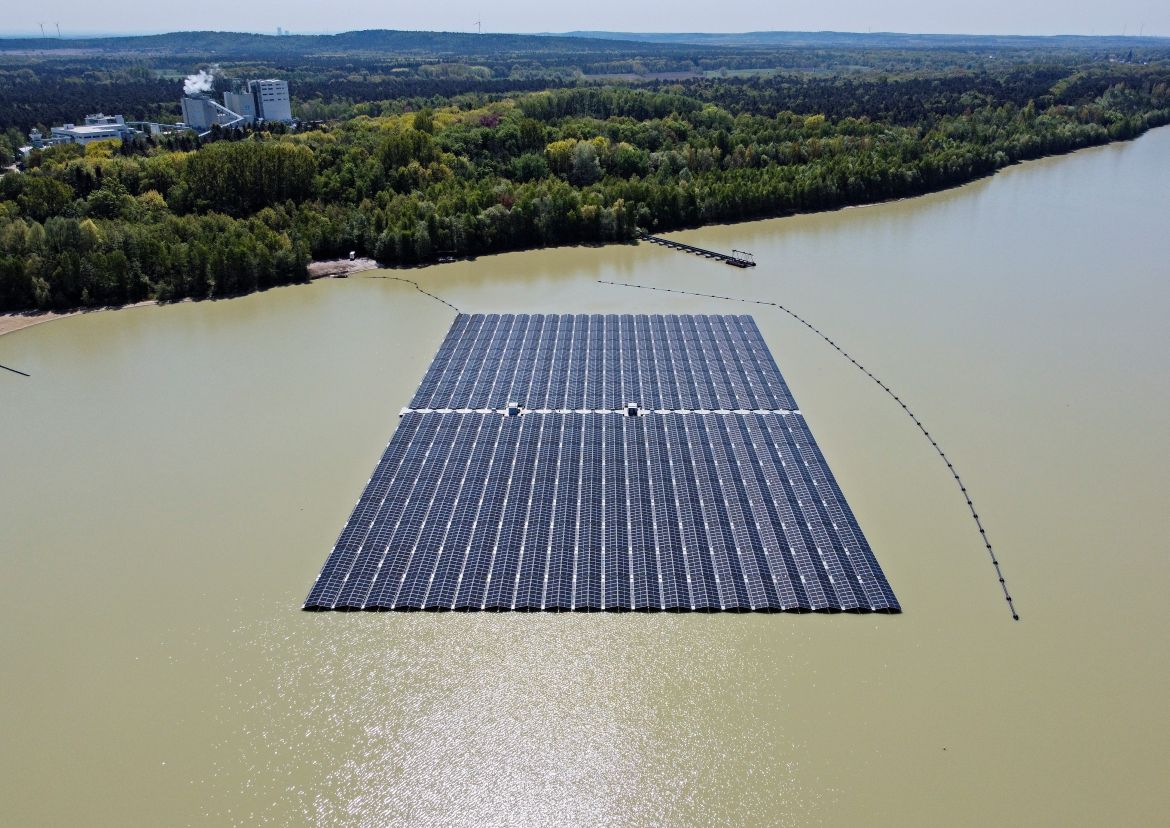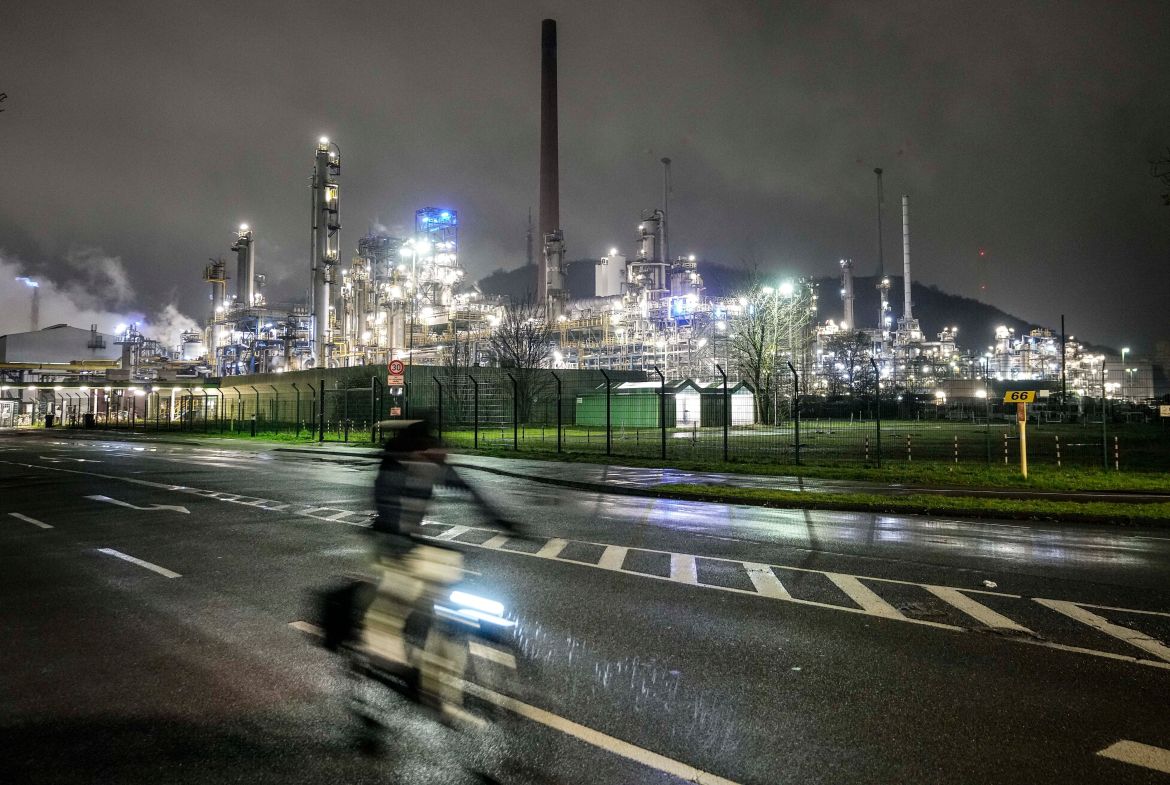In Pictures
Photos: How 2022 became a ‘pivot year’ for clean energy
The global energy crisis triggered by the Ukraine war and increasing climate threats have fuelled the transition.

Governments around the world have, over the past year, greenlighted ambitious renewable energy policies that aim for major expansions of wind and solar power, along with the development of technologies such as carbon capture and storage, which is seen as a way to reach the net zero carbon emissions.
Some of the policies also included tax credits to buy electric vehicles, heat pumps or energy-efficient materials for construction.
The United States signed into law the Inflation Reduction Act, the most ambitious climate legislation in the country’s history. The European Parliament passed the REPowerEU plan to reduce dependence on Russian fossil fuels and fast-forward the transition to clean energy. And China announced schemes to enable it to meet its 2030 clean energy goals five years before the schedule.
Analysts say the global energy crisis triggered by Russia’s invasion of Ukraine, along with increasing climate threats, such as the devastating floods in Pakistan, have accelerated the clean energy policies and big-ticket investments that are needed to transition to renewable energy, especially wind and solar, around the world.
Many countries, especially in Europe, returned to coal-fired power generation because of the war in Ukraine, which triggered soaring gas prices and supply constraints. However, analysts said this has not prevented progress on cutting greenhouse gas emissions.
“Knee-jerk reactions saw some places shift back to fossil fuels, even if it’s at a higher price to the taxpayer,” said Vibhuti Garg, a New Delhi-based energy economist at the Institute for Energy Economics and Financial Analysis.
India’s coal production increased by about 17 percent from April to November. Bangladesh increased its imports of natural gas and opened thermal power plants. Germany, a strong advocate of clean energy, turned to coal and oil to address its short-term power needs.
“It was a good year for renewable energy, but sadly, not a bad year for fossil fuels either,” Garg said.
One of India’s largest renewable energy firms, Renew Power, has more than 100 clean energy projects across the country and has become the world’s 10th largest solar and wind energy company in about 10 years.
Experts say the task is now to build on this momentum in 2023. “From an energy perspective, 2022 will go down as a pivot year,” said Kingsmill Bond, an energy strategist at the Rocky Mountain Institute, a clean energy non-profit group, adding that there was “proof that fossil fuel demand after 200 years of growth had reached a peak in 2019 and we are now bumping along a plateau before an inevitable decline”.
There was also a measure of optimism in November at the end of the United Nations COP27 climate summit in Egypt, where countries agreed to a historic deal on climate finance for poorer countries. While the event failed to make significant progress on many other matters, the “loss and damage” fund is expected to start running in 2023.








